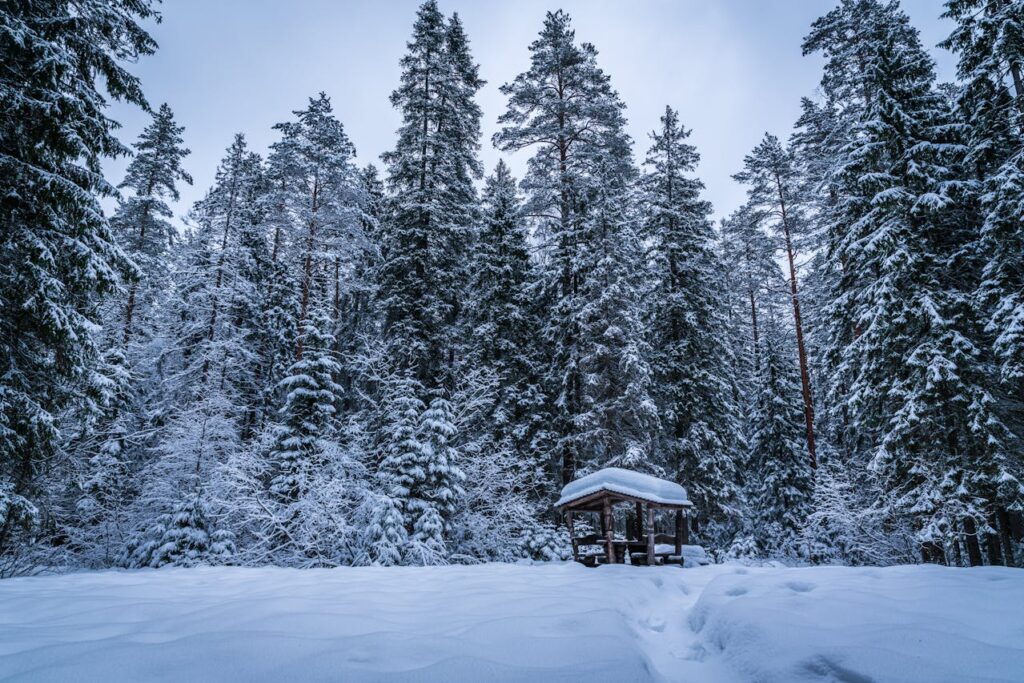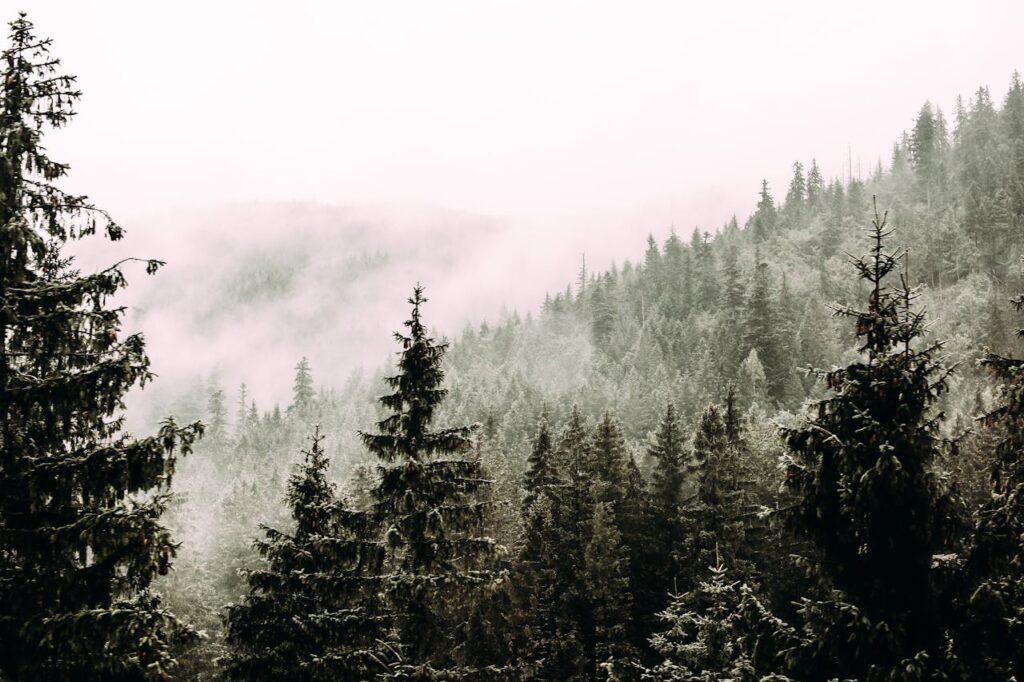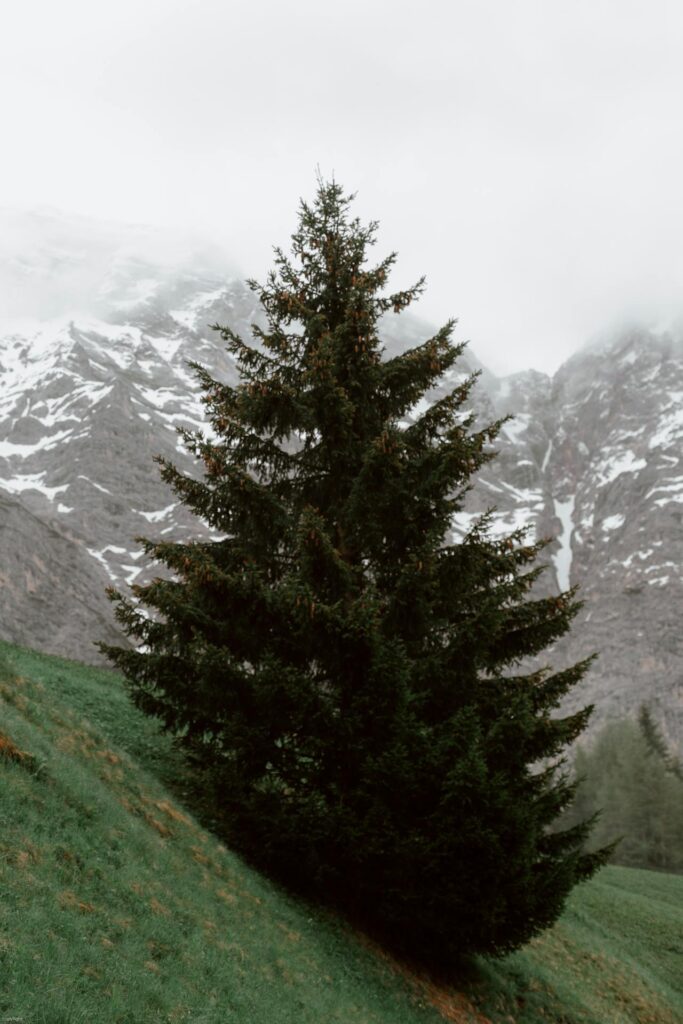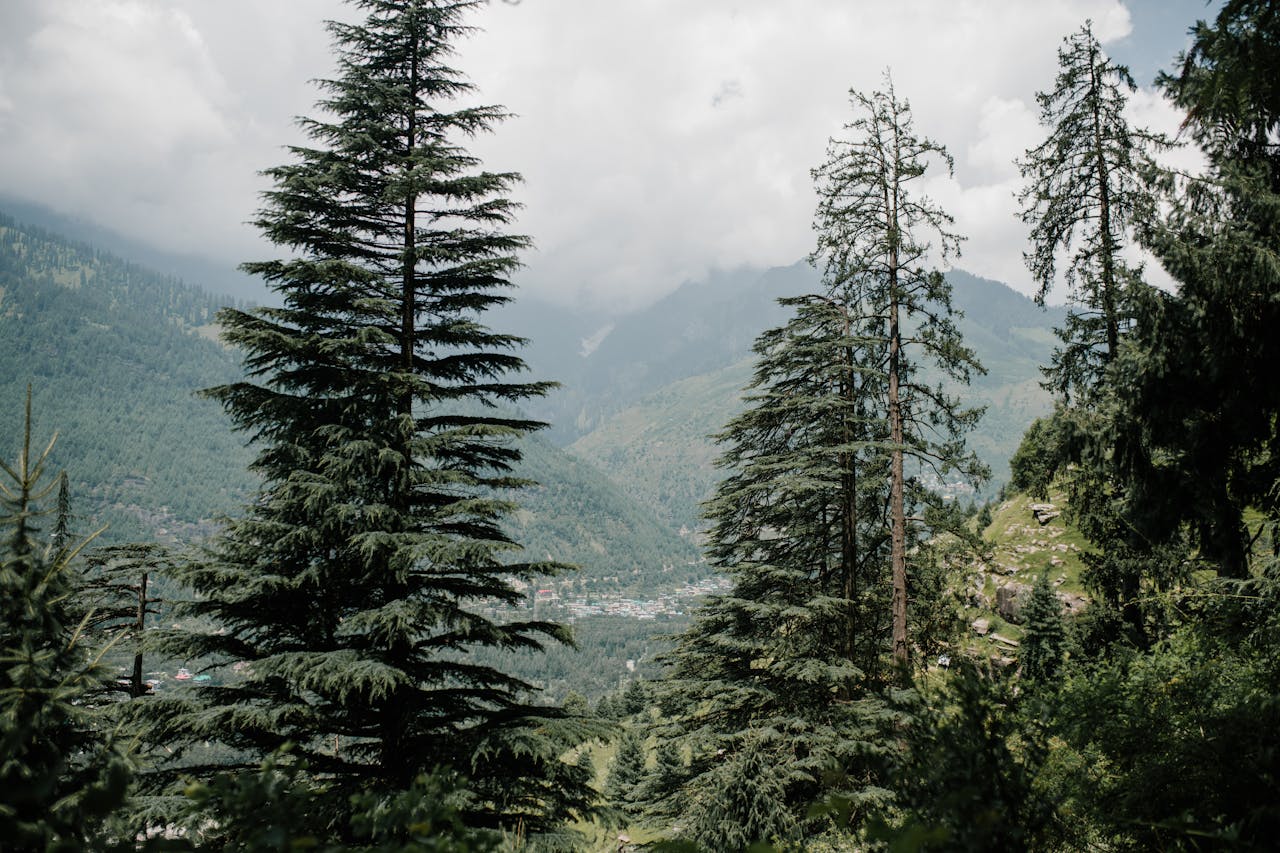The Norway Spruce (Picea abies) is a tall conifer bred for its imposing grandeur and ecological importance in the forests of Northern Europe. The evergreen tree has cultural identity for its resilience and natural beauty, not just for commercial forestry but in conserving the environment as well. This paper considers characteristics, ecological benefits, and versatile uses of the Norway Spruce.
Australia Tour: A Journey Through the Land Down Under

Characteristics of the Norway Spruce
Physical Appearance
The Norway Spruce can be recognized by the pyramidal shape of its crown and its compact, needle-like foliage. Mature trees have heights of up to 50 meters; exceptional ones may also surpass this further. The bark of the Norway Spruce is brown and flaky, in striking contrast to its needles, which are dark green in color and about 1-2.5 cm long.
Growth and Life Expectancy
This species grows extremely fast, especially during the first years. It performs well on cool, temperate climates and can live for centuries, with some trees documented older than 300 years. The Norway Spruce has a very developed root system that will permit the tree to obtain better stability and strength in case of bad weather.
Reproductive Cycle
The Norway Spruce reproduces with seeds stored in cones. A conical-shaped cone is a distinguishing feature of this species, attaining lengths of 20 cm. It is known to achieve maturity in about 6-8 months after pollination, followed by the release of seeds that get dispersed through the wind. The adoption of this reproductive strategy has largely ensured wide distribution across suitable habitats.
Ecological Significance
Habitat and Biodiversity
The Norway Spruce is a keystone species of most of the forests in Europe. Under its dense canopy, it offers shelter and breeding grounds for many kinds of wildlife, from birds and insects to small mammals. Dropped needles on the ground produce acidic soil where typical undergrowth of mosses and ferns and fungi thrive.
Climate Regulation
The Norway Spruce is an important carbon sink, so it plays a central role in mitigating climatic change. It takes out carbon dioxide from the atmosphere through photosynthesis and then stores it in both biomass and soil. This sequestration helps in reducing the general concentration of greenhouse gases in the atmosphere and thus controls the global climate.
Soil Stability and Hydrology
The enormous and far-flung root of the Norway Spruce helps bind the soil; hence, preventing soil erosion is very efficient, more particularly on sloping and mountainous areas. It also moderates hydrological cycles, which sustains the groundwater levels and supports the continuation of streams and rivers in forest catchments.

Commercial Uses of the Norway Spruce
Timber and Wood Products
The Norway Spruce is highly used in the wood industry. The wood is light, strong, and workable. It finds a significant place in the construction industry, in the manufacture of paper, and in furniture works. Good-quality timber from this tree is often used in the manufacture of musical instruments; soundboards in pianos and violins are also made of it since its resonance features are excellent.
Christmas Trees
One of the most well-known uses of the Norway Spruce is as a Christmas tree, characterized by its symmetrical shape, sturdy branches, and a pleasant fragrance that makes it so popular during holidays. The Norway Spruce tree decorating tradition has been part of our culture since the 16th century and still is in many cultures around the world.
Resin and By-products
The resin of the Norway Spruce has been used in folk medicine and as raw material in the industry of varnishes, adhesives, perfumes, and other chemical products. Local residents also make use of bark and needles, both for traditional medicine and for antiseptic and anti-inflammatory purposes.

Conservation and Sustainable Management
Threats to the Norway Spruce
Even then, many risks confront the Norway Spruce. Climate change, attacks by pests, and diseases are some of the major threats it faces. The bark beetle has already destroyed vast areas of Norway Spruce in Europe. Moreover, changes in rainfall patterns and increasing temperatures can debilitate such trees, which become a perfect setting for diseases.
Conservation Efforts
Norway Spruce conservation involves ensuring sustainable forest management practices, including selective logging and planting, along with the protection of old-growth forests. Equally important for the long-term survival of this species is the development of resistant cultivars and control measures against pests and insects.
Forestry Practices in Protecting
Sustainable forest management is called for by the health and productivity of Norway Spruce forests. Careful planning and constant monitoring are entailed in such practices in order to balance timber production with ecological integrity. These methods realize their aims through mixed-species planting and adaptive management for a resilient, more biodiverse forest.

Conclusion
It means much more than just a beautiful tree: it is a cornerstone of forest ecosystems and a significant resource for human uses. Its ecological value, commercial value, and cultural importance all argue for its conservation and sustainable management. The Norway Spruce and other such keystone species will be integrally important for the maintenance of health and balance in our natural world moving into the future, where global environmental changes are occurring.








